As a Head Coach, the most important people you choose, other than your spouse, are your assistants. I personally started with no paid assistants and had to recruit within the College and the community, but over the years things changed and I ended up with a maximum number allowed by the NCAA.
I’ve had very good ones in the 25+ assistants that I have had the pleasure of working with, but I would like to call attention to one in particular. Coach Larry Shyatt (he assisted Billy Donovan, Rick Barnes and myself for 10 years at New Mexico, and is now the head coach at Wyoming) was the epitome of what an assistant coach should be. If you ever get to hear him speak about the role of the assistant I urge you do so.
Here are some of the most important characteristics and roles needed in this valuable position:
Number one without a question is loyalty. Your assistant has to have your back at all costs. He will be tested time and time again with questions and opinions regarding you as the head coach. Assistants who do not understand the importance of loyalty should be dismissed in a discrete manner because their lack of loyalty will just not work. There is a fine line between them being ambitious and wanting to eventually be a head coach, and them working against you behind your back. They should want the head position, but work their tails off to help you be successful. They must never waver in the loyalty department.
Ability to recruit. Their main job is to find the good players and recruit them and their family to your school. Their number one goal in my mind was to get one very good young player every year. Coaching abilities are very important, but not number one. The team with the best players usually wins.
Team player. I, as the head coach, know what I want to teach through our simplistic system. I expect my coaches to follow suit and try to enhance what we are trying to do in our program. They can argue and discuss behind closed doors with me, but when we walk out from our meetings we are a team and we are all on the same page. Every person I hired wanted to coach and had a little bit of a hard time taking the back seat to what I wanted, but they grew and matured into what was best for our team.
Note: My assistants met separately from me prior to our regular coaches meeting and at that time they broke down to 3 or 4 items that we needed to discuss and they then would bring it to me. It saved some time for me to do other things that were necessary for the program.
Offseason workouts. Whatever the rules would allow us to do is what I wanted our assistants to be gung-ho about doing. Improvement for our players both physically and in their self-respect was very important in our getting to the next level. Weight training has become very important in today’s game. Some schools have coaches on their athletic staff solely for that purpose, but a lot do not and the job lies in the hands of your assistants. Their encouragement is so important for your people to help them grow both physically and mentally.
Academic watchdogs. Education is a top priority and our graduation rate was always one of the best. We made it pretty simple by dividing up our players among the coaches, and each one of us took three to five players and monitored and helped them towards their degree. We rotated at the end of each month.
Other duties included:
- Public Speaking – to groups regarding our program. Selling our product.
- Preseason and off season conditioning which included:
- Weight Training (year round) Note: more maintance during the season
- Jump Rope Program (which was very organized with scores always recorded on our 10 different jumps)
- A Running Program (A lot of running in the sand)
- Discipline– My assistants handled a majority of the problems and came to me only when necessary. We basically had 3 Rules:
- Don’t be late
- Work hard
- Don’t do anything to embarrass the team or the school
- Initiative – I love those people who are always thinking ahead!! Note: When I was an assistant for the Memphis Grizzlies, my main thought everyday was, “What can I do to make my bosses job easier”.
Hopefully some of this can help you, whether you are a head coach looking to define roles for your assistants, or an assistant coach looking for advice on how to do your job the best way possible.
My advice to those assistants out there is to work hard every day as if it were your own program, do everything you can to make your head coach look good, and don’t just try, do it!



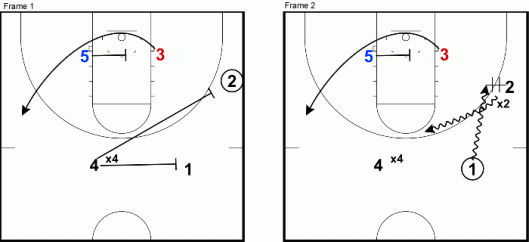

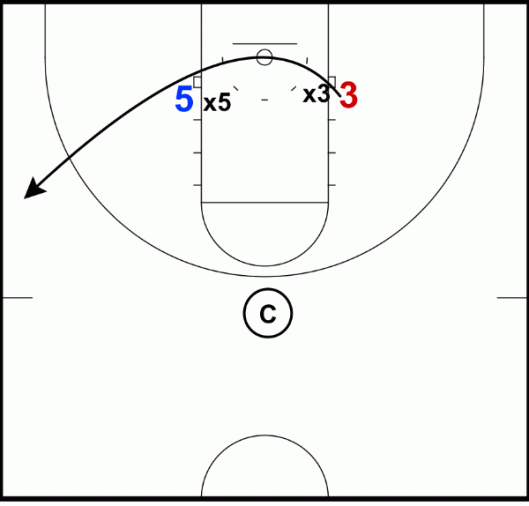
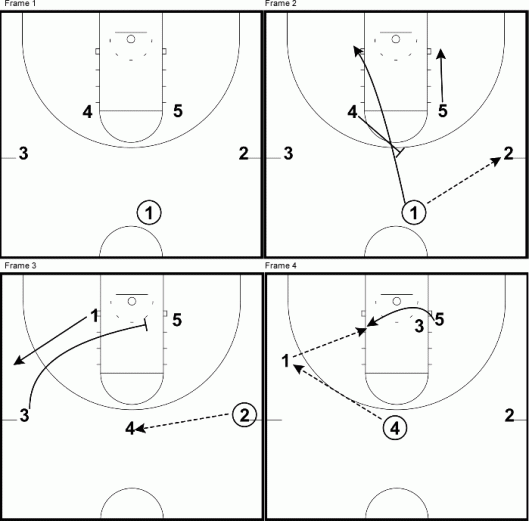

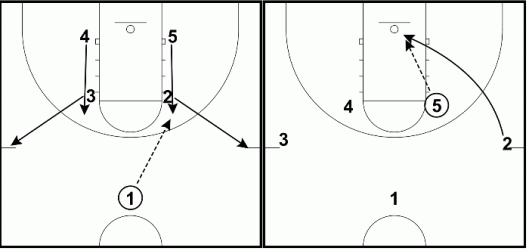
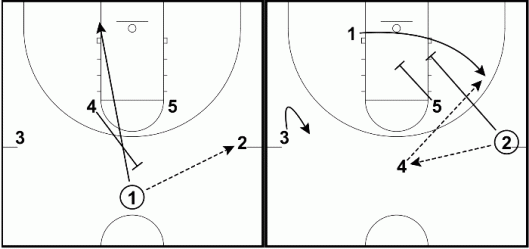
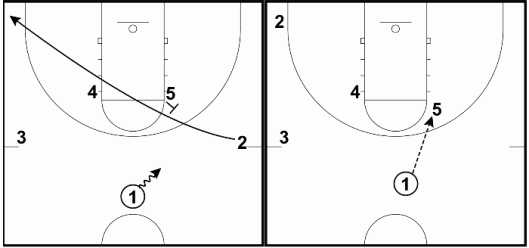
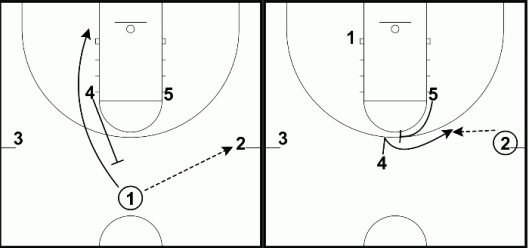
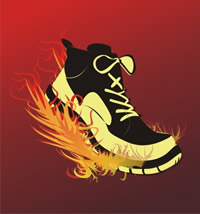
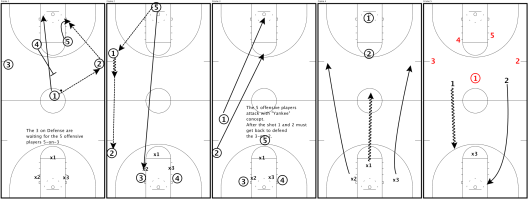
You must be logged in to post a comment.